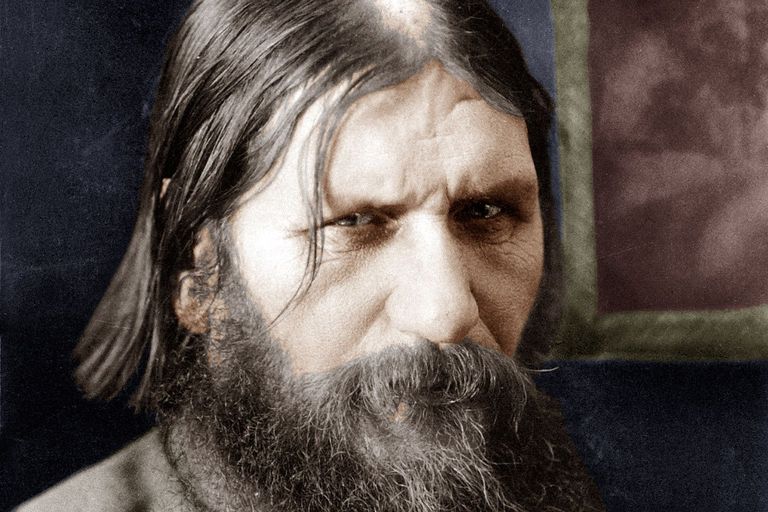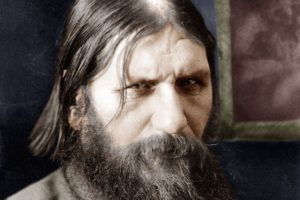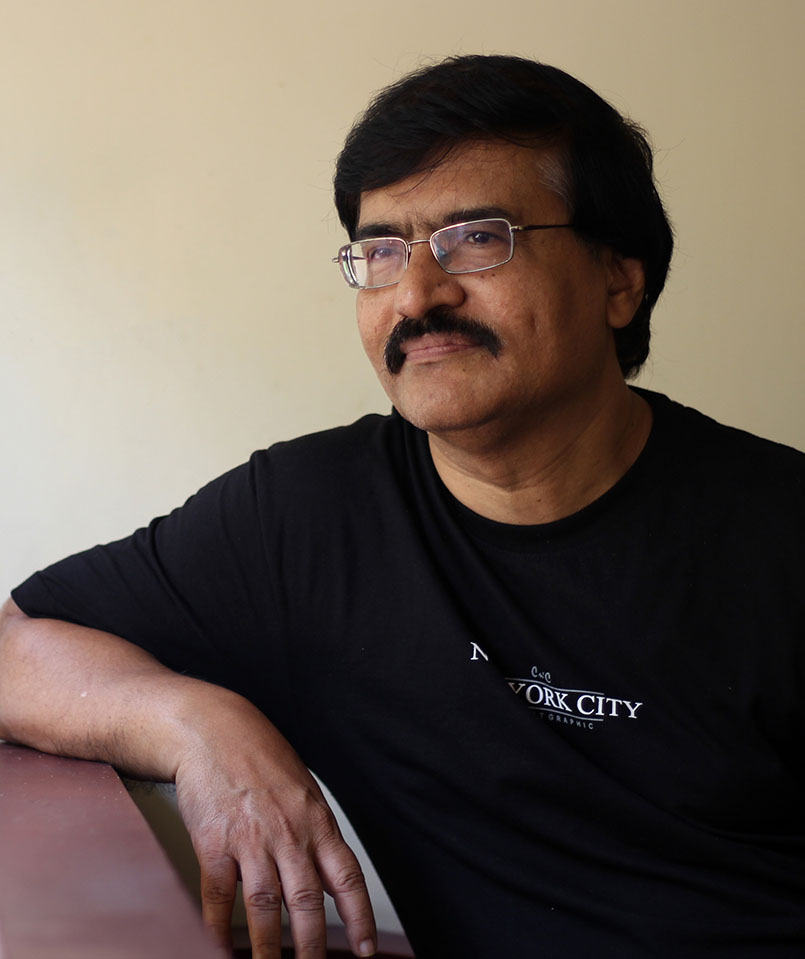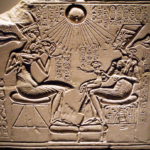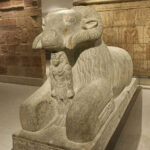Prologue
In the wee hours of 17 December 1916 (30 December 1916 according to the Gregorian calendar), a group of people kept frantically trying to murder Gregory Rasputin. They believed that his evil influence over the Russian monarchy was driving the nation to its doom. His detractors called Rasputin the ‘mad monk’.
But Rasputin was neither mad nor a monk. He was a Siberian peasant who rose to become the close confidant of the Russian monarch Tsar Nicholas-II of the Romanov dynasty and his wife Alexandra Feodorovna. His assassins poisoned him, shot him three times at close range and viciously bludgeoned him when he fell. But he did not die. Finally, they wrapped him in a rug and threw him into the freezing waters of St. Petersburg’s Neva River. On 19 December 1916, when the police pulled out Rasputin’s dead body from an ice-hole, indications were that the man was apparently not dead when his killers dumped him into the river.
The Motive
The Men
- Prince Felix Yusupov: A rich and handsome young man married to the Tsar’s beautiful niece Irina. His sexual fancies included cross dressing (transvestism) and homosexuality. Historians think that such perversities, perhaps, helped him ensnare Rasputin.
- Grand Duke Dmitry Pavlovich: A cousin of Czar Nicholas II. He was once engaged to the Tsar’s eldest daughter Olga. But his friendly relationship with the homosexually inclined Yusupov killed their engagement.
- Vladimir Purishkevich: An outspoken member of the Duma (the lower house of the Russian parliament). In his hard-hitting speech in the Duma on Nov. 19, 1916, Purishkevich thundered: “The Tsar’s ministers who have been turned into marionettes, marionettes whose threads have been taken firmly in hand by Rasputin and the Empress Alexandra Feodorovna… who has remained a German on the Russian throne and alien to the country and its people.”
- Lt. Sergei Mikhailovich Sukhotin: A young military officer.
- Dr. Stanislaus de Lazovert: A friend and the physician of Vladimir Purishkevich. Lazovert was added as the fifth member to drive the car.
The Method
The Setup
In November, Yusupov contacted his long-time female friend Maria Golovina who was also close to Rasputin. Yusupov told Maria that he had lately been suffering from severe chest pain. His physicians had not been able to give him any relief. As Yusupov hoped, Maria suggested a meeting with Rasputin. She arranged it at her apartment. Soon Yusupov and Rasputin became thick friends. They started meeting frequently under the pretext of the ‘healing sessions’, which were, in all likelihood, homosexual escapades. Yusupov suggested that he would enter the apartment of Rasputin through a hidden staircase at the back to keep the relationship a secret. Rasputin agreed.
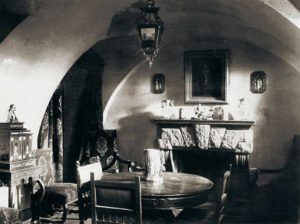 |
| The Basement of Yusupov Palace |
The Murder: Phase-I
The Murder: Phase-II
The Corpse
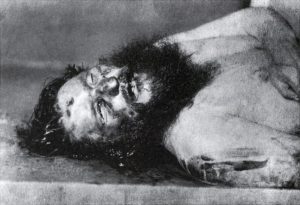 |
| Dead at last |
That morning, police came to the Yusupov palace to investigate the gunshots one of the officers had heard the previous night. Yusupov said that he had shot one of his dogs. The dead dog lay in the courtyard in a puddle of blood. The police was not convinced. There was more than one gunshot. Besides, a dog could not have shed so much blood all over the place. They knew that Rasputin was killed. They knew who the murderers were. But, they had to find the body first.
Epilogue
Post Script
Select References
Pictures: Wikimedia.org
